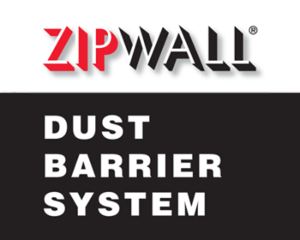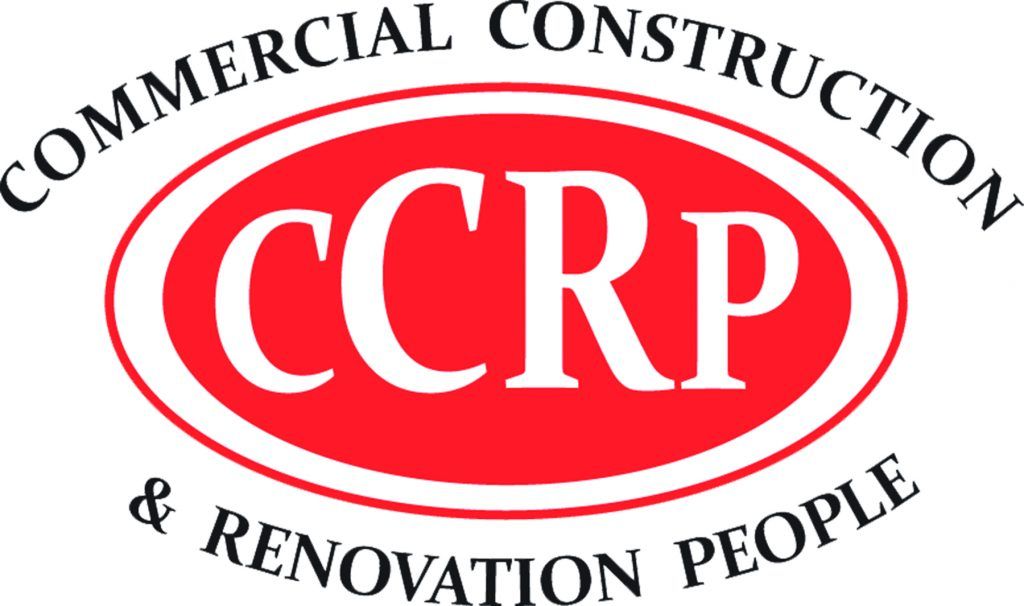The best time to install a heat recovery and ventilation system is when you’re designing your new home. That’s why you see so many heat recovery systems installed in new buildings. The second-best option is installing an MVHR system when you’re renovating or making additions to your home. Both of these will require different approaches, and both will present different challenges. Here are three things to remember when you’re combining home construction with heat recovery systems.
Decide on MVHR at the Beginning or Not at All
MVHR systems will affect everything from the location of holes in the walls to whether or not you need an air conditioner in your home. This is why it’s much simpler and cheaper to have the architect design the house with MVHR in mind than to try and alter the design to accommodate it at a later point.
Studies suggest that changing the design on the drawing board costs a tenth as much as the final plans. Deciding you want MVHR after they’ve started putting up the walls will cost you 10 times more than altering your final parts list and floor plan.
Designing with MVHR in mind will ensure that you don’t cut holes in your new walls to install ducts or put the air filtration unit where it is hard to reach. This is very important, as replacing air filters regularly is essential to the system running efficiently.
Consider How You’ll Use the Space
Airtightness is probably the most important aspect when it comes to ventilation with heat recovery. This is why MVHR units are not always a good fit with older homes, though you may still be able to achieve a more consistent temperature throughout your home and increased air quality with less energy. However, you can run into the same problem if you install MVHR ducts in a room that isn’t going to be airtight.
Some rooms may also need far more ventilation than an MVHR system can deliver, like a workshop or a garage, for instance. If you have ducts in rooms like these, the system’s efficiency craters every time you open the doors and windows. Furthermore, you may not want those fumes distributed throughout the house.
In this case, you may skip MVHR ducts in that room and go for other ventilation options. You could also consider adding additional exhaust fans that rival or exceed the power of those in the bathroom and kitchen.
Understand MVHR System Requirements
MVHR systems typically require 250 to 300 mm of insulation in the floor, walls, and roof. The house must have a minimum airtightness of 5m³ / (h.m²). If your home doesn’t meet these basic standards, you’re not a good candidate for an MVHR system installation as a kit or retrofit. However, you could still add more insulation to your home, install a more energy-efficient air conditioning system, or take other steps to make your home greener.
MVHR systems promise to dramatically reduce your energy bills and increase the quality of the indoor environment. However, this is only true if the system is a fit with the property and its intended usage.



























